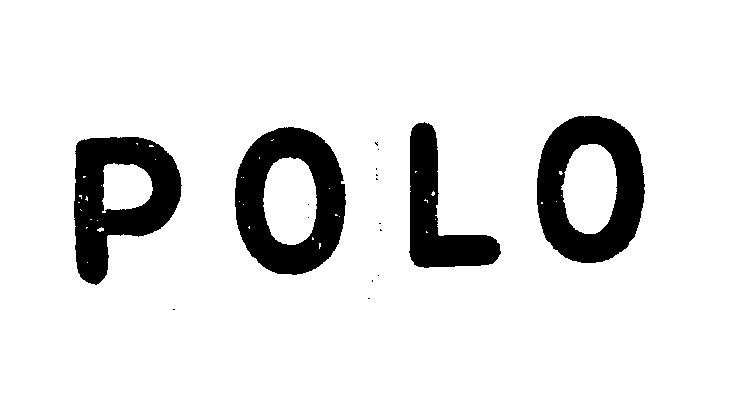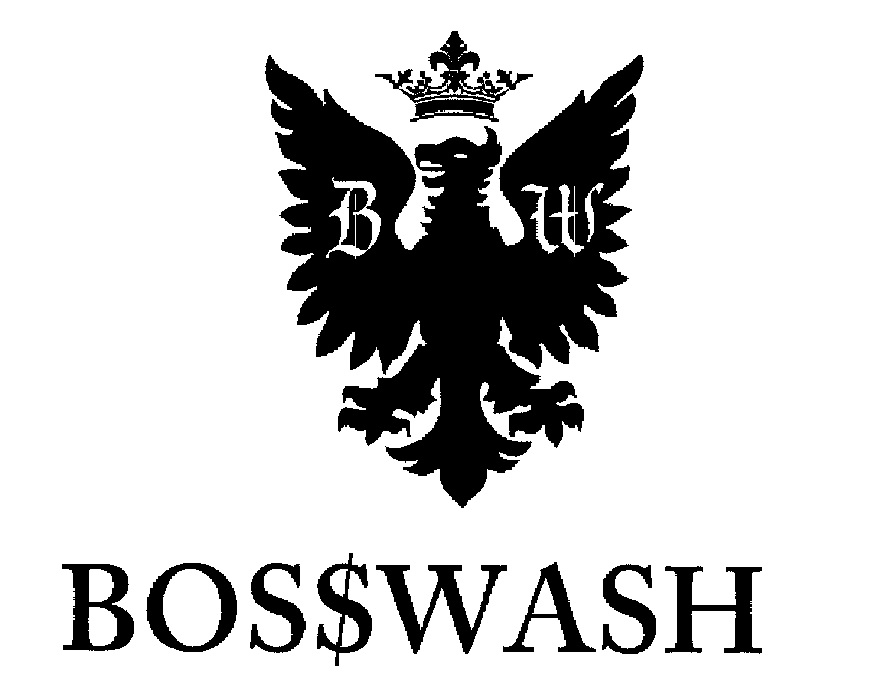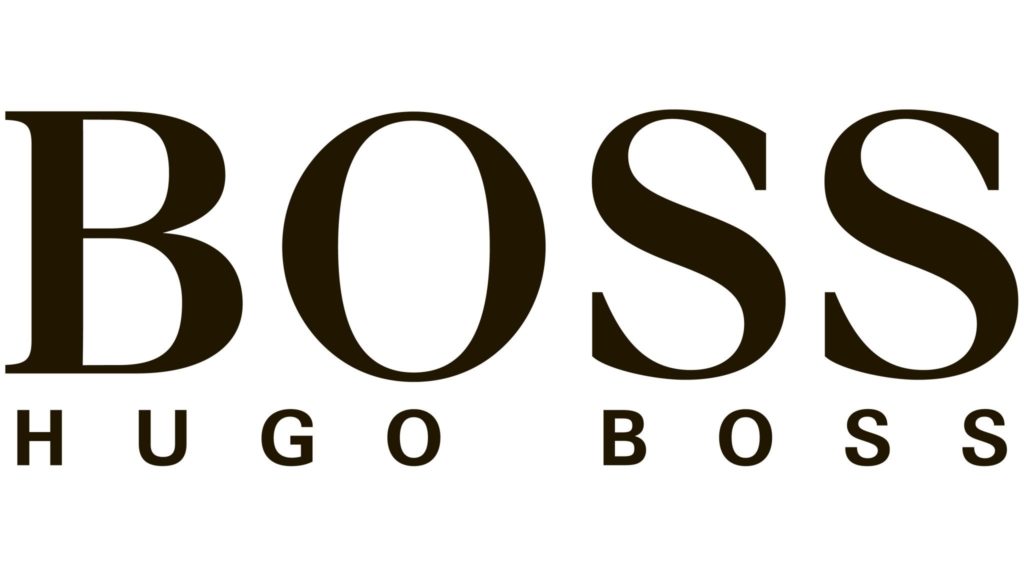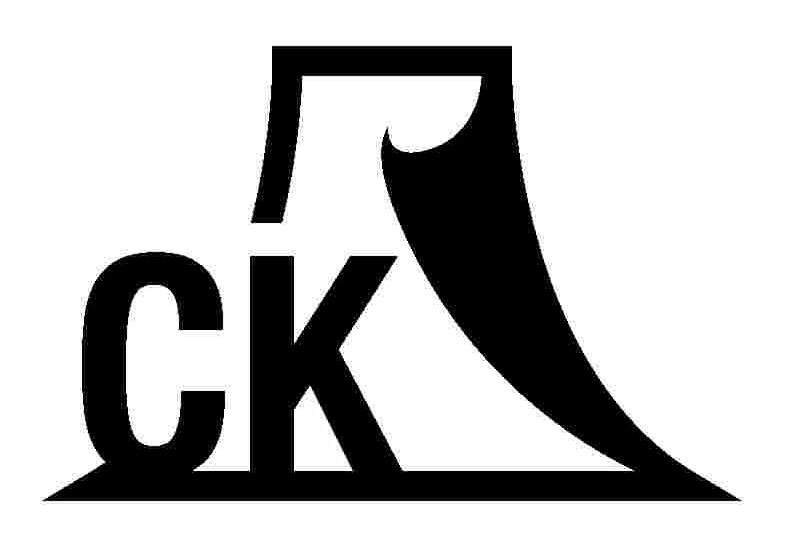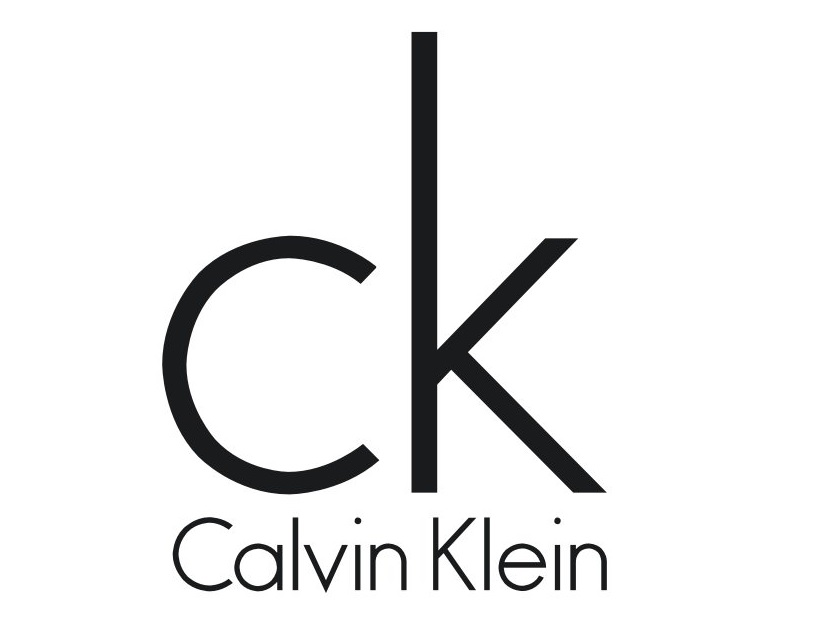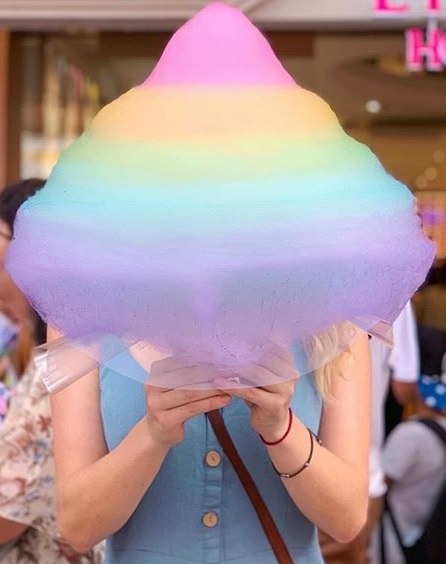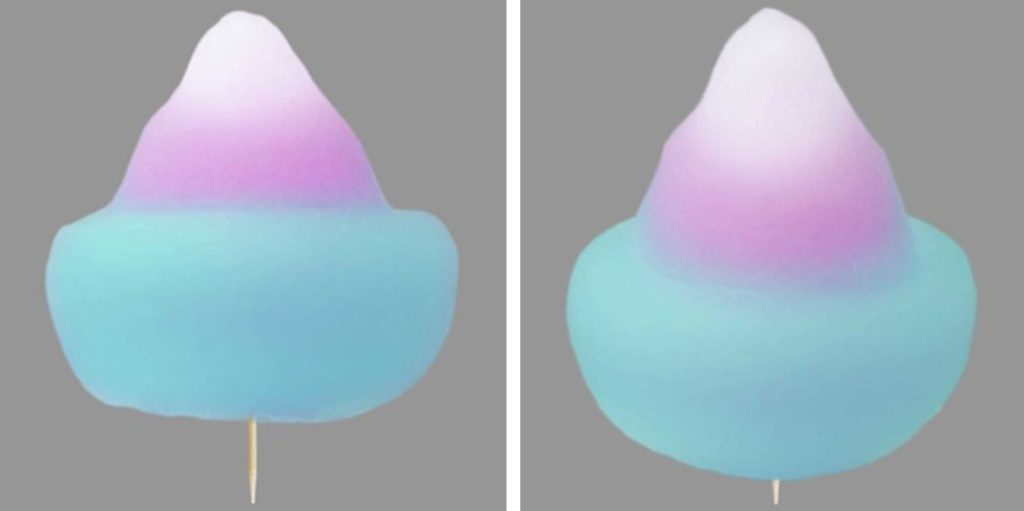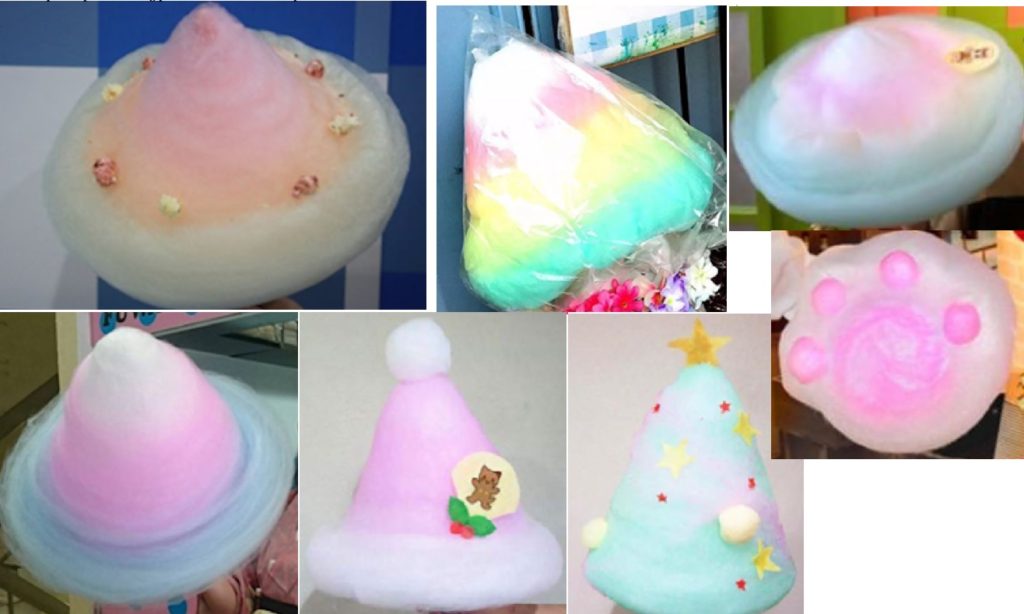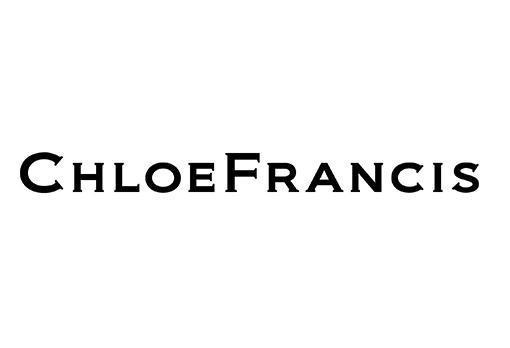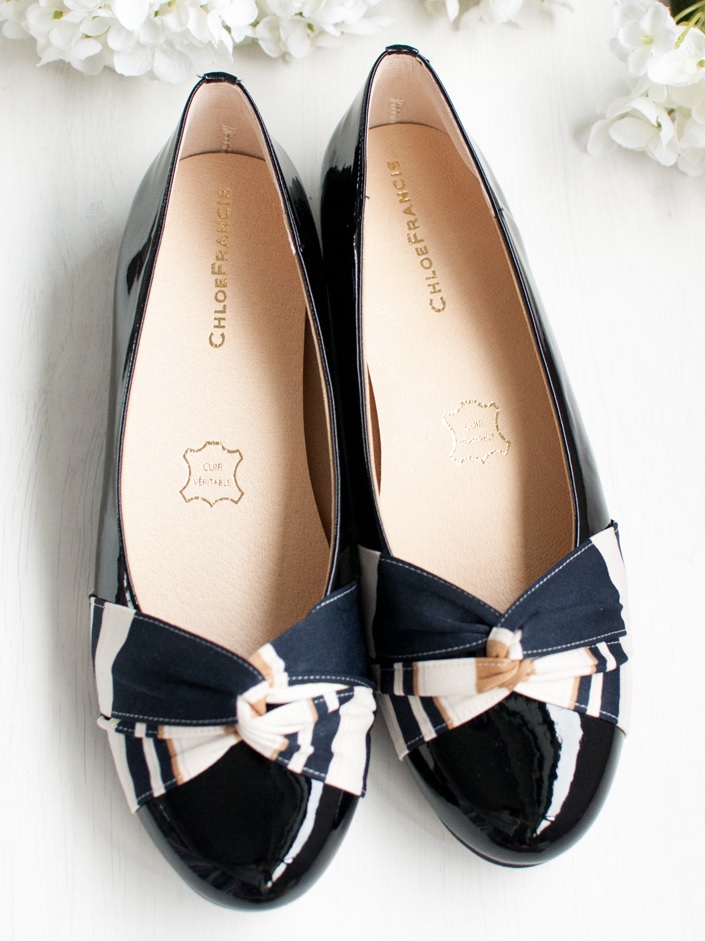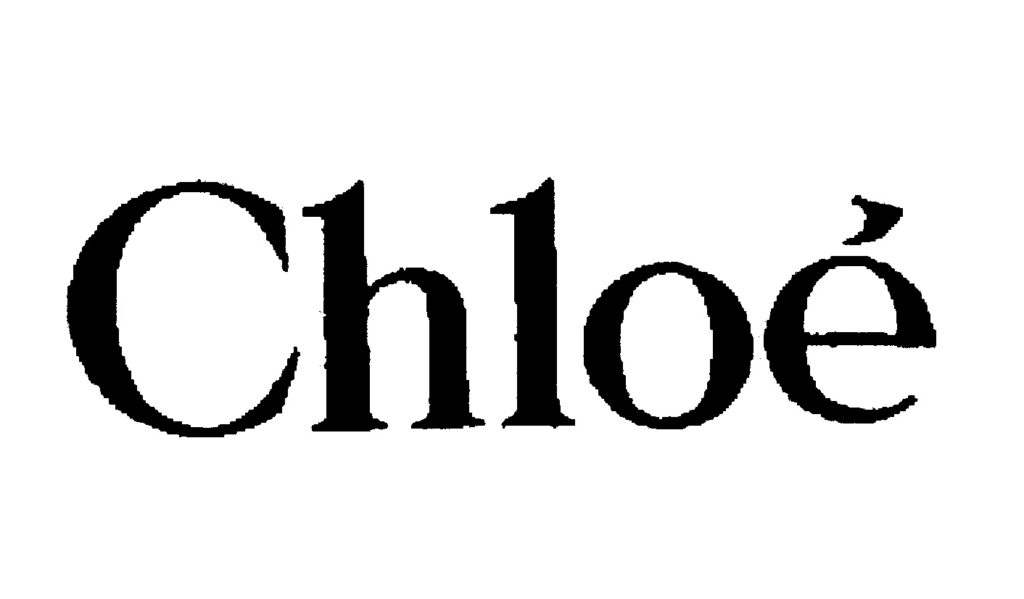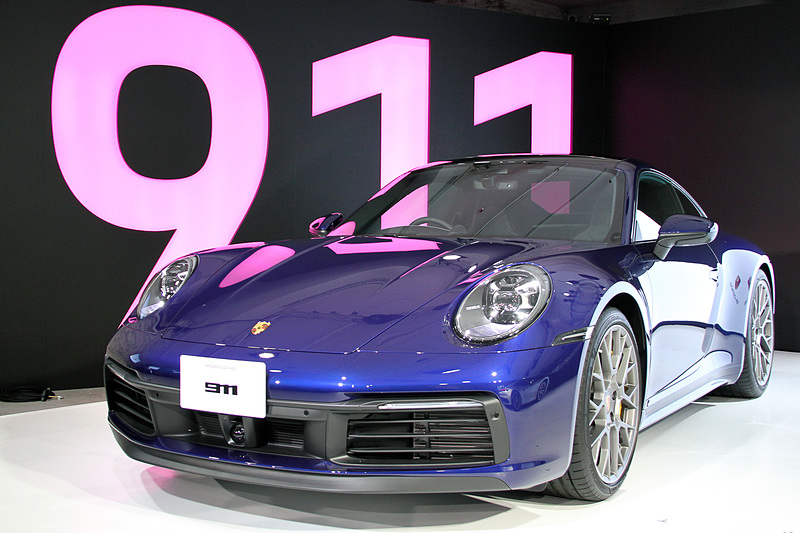The Opposition Board of the Japan Patent Office (JPO) held a junior trademark registration no. 6104905 for a composite mark comprised of “JAGTEC” and feline device is neither similar to, nor likely to cause confusion with senior trademark registrations for leaping jaguar logo owned by Jaguar Land Rover Ltd. when used on automobiles in class 12.
[Opposition case no. 2019-900064, Gazette issued date: October 25, 2019]
Opposed mark
Opposed mark (see below) was applied for registration on March 29, 2018 by designating automobiles and its structural parts in class 12, and published for registration on January 8, 2019 without confronting any office action from the JPO examiner.
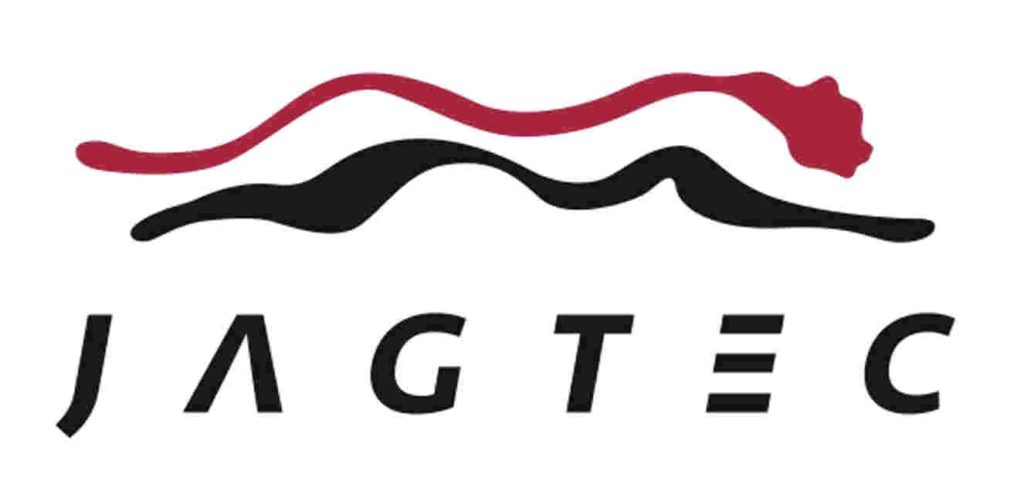
Opposition by Jaguar Land Rover
Jaguar Land Rover Ltd. filed an opposition on February 28, 2019 before the JPO and claimed that opposed mark shall be cancelled based on Article 4(1)(xi) and (xv) of the Trademark Law by citing trademark registrations for its iconic jaguar logos (see below) which include the image of a leaping jaguar, accompanied by the word “jaguar”, which the opponent claims to be used over 75 years old.
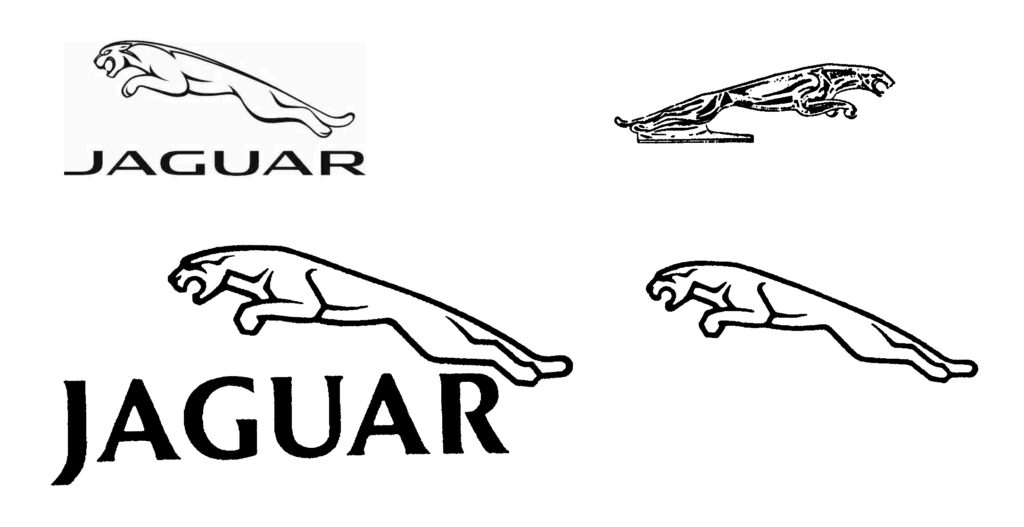
Article 4(1)(xi) is a provision to prohibit from registering a junior mark which is deemed identical with, or similar to, any senior registered mark.
Article 4(1)(xv) provides that a mark shall not be registered where it is likely to cause confusion with other business entity’s well-known goods or services, to the benefit of brand owner and users’ benefits.
Jaguar Land Rover claimed that , inter alia, opposed mark, consisting of a leaping feline device and literal element starting from “JAG”, looks confusingly similar to the cited marks from visual, oral, and conceptual points of view. Besides, the goods in question is identical with that of cited marks. If so, opposed application “for the contested goods would be recognized as uniquely and unmistakably identifying or suggesting a connection to opponent , and thus relevant consumers are likely to confuse or misconceive opposed mark with a famous car brand “JAGUAR”.
Opposition decision
To my surprise, the Opposition Board pointed out that Jaguar Land Rover alleged the leaping jaguar logo has been used since 1938 and well-acquainted with relevant consumers though, it is questionable whether cited marks have acquired a substantial reputation as a result of consecutive use from the produced evidences.
Besides, the Board flatly negated similarity between opposed mark and cited marks respectively.
By taking into consideration uncertain famousness of cited marks and low degree of similarity between the marks, the Board concluded relevant traders and consumers are unlikely to confuse or associate opposed mark with opponent or any business entity economically or systematically connected with Jaguar Land Rover even when used on automobiles. Based on the foregoing, opposed mark shall not be cancelled under Article 4(1)(xi) and (xv) of the Trademark Law.

